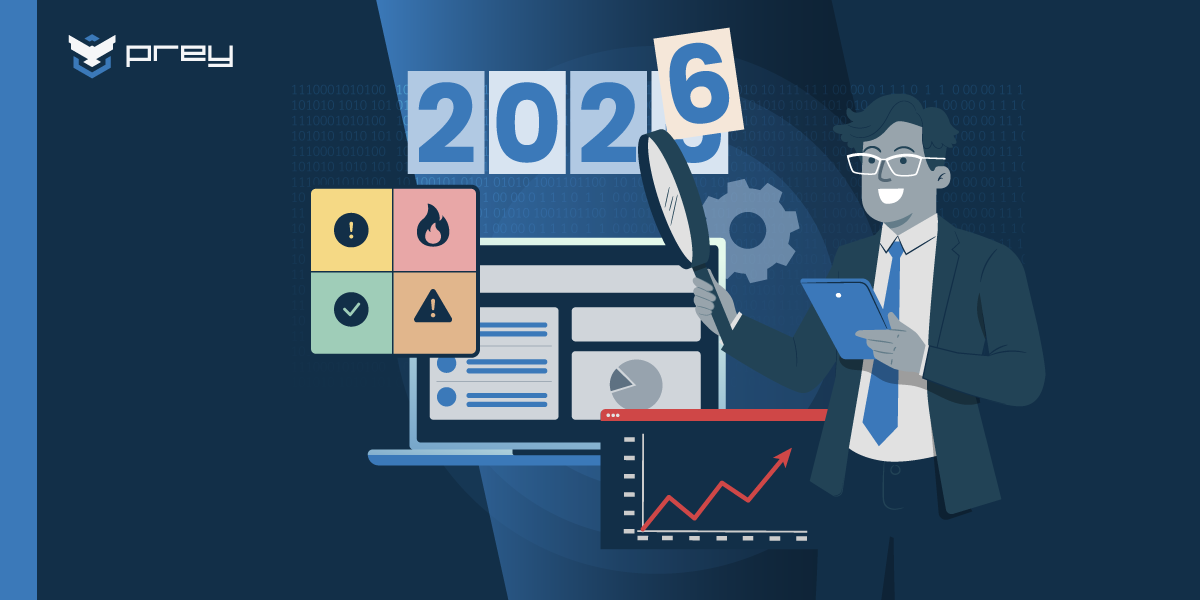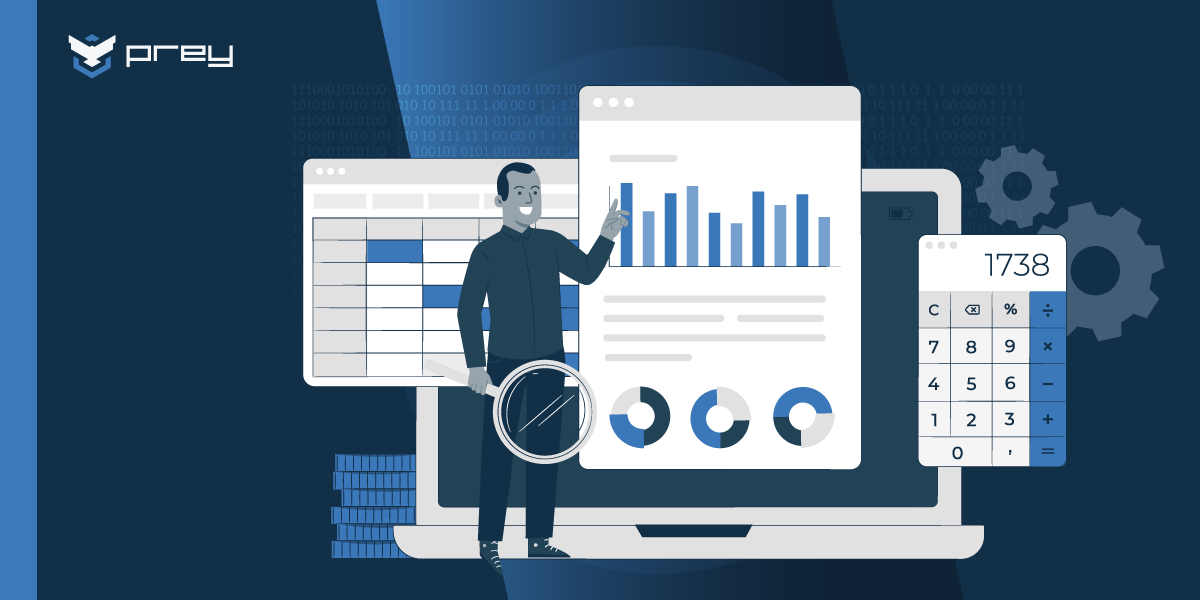K-12 schools can apply for e-rate funding to alleviate their tight technology budget. The initiative primarily enables IT leaders in education to provide high-performance networks to their students. In this guide, we’ll answer the question, “What is e-rate funding for schools?” as well as explore its benefits and outline the six-step e-rate application process.
What is e-rate funding?
E-rate, also known as the Universal Service Program for Schools and Libraries, is a government-backed initiative to improve digital learning in public institutions. The program provides funding to schools and libraries to gain access to high-speed Internet access, telecommunication services, and other digital needs.
The program was created as a way of addressing the increasing digital gap between schools and the Internet and other telecommunication services. It’s essentially a discount program that reduces the cost of these services for K-12 districts.
What is covered under e-rate categories?
E-rate services fall into two main categories, along with a ‘Miscellaneous’ category:
- Category 1 services provide basic Internet access.
- Category 2 services provide high-speed broadband Internet access.
- Miscellaneous may include fees, taxes, and shipping charges that come along with the services in the previous two categories.
The e-rate funding categories aren’t as black and white as they may first appear. There are some cases where a school that would normally be eligible for Category 2 may only qualify for Category 1. Two factors are involved in this decision:
- Firewalls: If a service provider includes a basic firewall (and DHCP and DNS) with a school’s Internet bundle, and they appear on the same recurring Internet bill, then it counts as Category 1. If it’s billed separately or another vendor supplies the service, then Category 2 applies.
- Network equipment: On-premises equipment that connects to a Category 2 LAN qualifies for Category 1 e-rate funding if a Category 1 broadband service is required to be functional.
E-Rate funding eligibility (who can qualify)
The e-rate funding program is mainly aimed at K-12 schools, including charter schools and non-traditional education centers. One key requirement that a school must meet is that its endowment must be less than $50 million and it must be not for profit.
The amount of funding schools are eligible for depends on the number of students the school has and how many of them are eligible for reduced or free lunches. The money schools are entitled to is also affected by the e-rate funding category:
- Category 1: 20% discount (no students eligible for reduced or free lunches) to 90% (more than 75% of students eligible).
- Category 2: 20% discount (no students eligible for reduced or free lunches) to 85% (more than 75% of students eligible).
Some states have more eligible schools than others. A 2020 Center for Public Education report detailed e-rate funding by state, revealing that California was the state where public schools received the most e-rate funds for Category 2 products and services, with more than 3,000 schools receiving e-rate funds. Texas, New York, Illinois, and Florida rounded out the top five.
What is the funding cap for the e-rate program?
In 2023, the e-rate program for schools was capped at $4.77 billion, as was announced by the Federal Communications Commission (FCC) in March. This was a 7% inflation-adjusted increase from the previous year’s $4.456. The FCC first adjusted the cap in 2010 and has continued to do so annually to ensure that the fund continues to meet the resource needs of schools.
E-Rate funding application process in 6 steps
To provide a comprehensive overview of the E-Rate program, we will detail the six-step application process. Keep in mind that the filing window for FY 2024 is already closed. The Form 471 filing window for FY 2024 opened on January 17th and closed on Wednesday, March 27th, at 11:59 p.m. EDT.
Once the E-rate central shares the details about the filing window for FY 2025, we will update this article with all the details.
Below, we will guide you through the application process if you are an eligible school or library:
Step 1: Fill out Form 470
The first thing a school must do to begin the process is to fill out Form 470, which is a request for services. After filing, local service providers will be notified so they can then submit their service proposals to the school. The goal of this competitive bidding step is to promote fairness and transparency by choosing the best service provider the school can realistically afford.
Step 2: Evaluate proposals
At least 28 days after the school has posted the form, they can evaluate the proposals they’ve received from service providers. To effectively evaluate the bids, each school must construct an evaluation which helps them choose the provider that best meets the requirements of the institution. Along with price, evaluation factors may include prior experience with the service company, personnel qualifications and management capabilities. Below is an example of an e-rate bid proposal evaluation.

This step is especially important, as it affects the cost-effectiveness and quality of services the institution will have.
Step 3: Request for service (Form 471)
Once they’ve chosen their service provider, it’s time for the school to formally apply for e-rate discounts by filling out and submitting Form 471. It’s important that they ensure they complete the form accurately and in accordance with the pricing and services stated in the form. After this step, the school has officially committed to applying for e-rate funding.
Step 4: Program compliance
The Universal Service Administrative Company (USAC) will review the school’s application for eligibility and compliance. If needed, the USAC will ask for clarification or for further information during this phase. It’s important that the school reacts quickly to any inquiries in order to prevent funding delays.
Step 5: Start services
While waiting for approval, the school begins preparing for the e-rate funding year. This is also a good time to ensure documentation is organized and up to date. Once approved, the school will be eligible to start receiving their equipment or services.
Step 6: Invoicing
The school’s service provider will submit an invoice for any services the school is provided. This is the stage when the school will review and confirm these invoices, ensuring they meet the previously agreed-upon services and prices.
What are the benefits of e-rate funding for K-12 schools?
If your school is on the fence about applying for e-rate funding, know that there are some great advantages to be had. Here are some of the key benefits of the e-rate funding program for K-12 schools:
- Big savings: Depending on needs, budget, and eligibility, a school can save between 20 to 90% on Internet services. Having this reduced cost means the school will have more funds to invest in other areas, such as facilities and equipment.
- Reliable Internet access: Many schools with a poor telecommunications infrastructure are forced to ration their technology-based services, such as live streaming. This can limit learning activities, if not eliminate them entirely. E-rate funding allows schools to expand these services, enabling them to provide more access to educational content.
- Student-teacher connection: Technology facilitates an easier connection between students and their teachers. Here are a few ways in which e-rate funding can benefit that connectivity:
- Better tracking: Internet platforms make tracking easier, allowing parents to keep an eye on how their child is progressing throughout the academic year. This also makes it easier for schools to build an improved device distribution system for students.
- Greater access: The cloud enables teachers to provide educational content from almost anywhere.
- 24/7 learning: Students can connect with teachers away from the school environment and outside of school hours. This means learners can receive help and ask questions when studying at home.
- Device services: As the fund allows for services for devices, schools might feel encouraged to run a student device lending program. This would enable schools to get more out of the e-rate funding and technology made available to them and give students greater access to technology needed for learning.
How the E-Rate funding has benefited K-12 institutions
E-Rate funding has been a game-changer for countless schools and libraries across the country, helping to bridge the digital divide and enhance educational opportunities. Here are some success stories that highlight the transformative impact of E-Rate funding:
- Improved Internet Access: According to the latest E-Rate Trends Report, 91% of applicants reported that E-Rate funding significantly improved their internet connectivity. This boost in internet access has enabled schools to implement advanced digital learning tools and resources, providing students with a richer, more interactive educational experience.
- Enhanced Educational Technology: With the help of E-Rate funding, 83% of schools have upgraded their Wi-Fi networks. This upgrade has allowed for the seamless integration of technology in classrooms, supporting innovative teaching methods such as blended learning and online assessments. As a result, students can now access a wide range of digital content and collaborate more effectively on projects.
- Cost Savings and Efficiency: E-Rate funding has also provided substantial cost savings for schools. The Trends Report reveals that 74% of respondents were able to reallocate funds saved through E-Rate to other critical educational needs. This financial flexibility has helped schools invest in additional educational resources, hire more staff, and enhance student support services.
- Closing the Homework Gap: By extending internet access beyond the classroom, E-Rate funding has played a crucial role in closing the homework gap. Schools have reported that students are now able to complete their assignments at home, access online tutoring, and engage in remote learning. This has been particularly beneficial during times of school closures and remote learning.
- Supporting Rural and Underserved Areas: E-Rate funding has been instrumental in supporting schools in rural and underserved areas. These schools often face significant challenges in accessing high-speed internet. Thanks to E-Rate, 68% of rural schools have reported improved connectivity, enabling them to provide their students with the same quality of education as their urban counterparts.
E-Rate funding and cybersecurity, the perfect mix
E-rate funding helps to level the playing field among K-12 schools, enabling more students to benefit from high-speed Internet access and other technologies. The application procedure is straightforward and the program provides some key benefits, such as around-the-clock learning and greater connectivity between students and teachers.
Of course, the more time students and staff spend online, the greater the emphasis must be placed on cybersecurity. K-12 districts hold a treasure chest of data on students, staff, and teachers, which makes schools vulnerable to cybercrime.
Unfortunately, a recent survey revealed that most K-12 schools allocate less than 8% of their funding to cybersecurity. With ransomware being especially prevalent in K-12 schools in recent years, it’s important that these institutions become more aware of the potential threats, which include data theft and financial losses.
Fortunately, there’s a more affordable and practical solution available. Prey Project offers a 14-day trial that allows schools to begin seeing the benefits of working with cyber professionals first-hand without any obligation on their part. Plus, additional discounts exclusively for educational institutions
E-rate funds provide a wonderful opportunity for schools to invest in technology, but the investment shouldn’t end there—with more technology comes increased vulnerability. By working with cybersecurity professionals and taking the proper measures to protect against the threat of cybercrime, K-12 schools and districts can help to ensure that education isn’t disrupted and that school data remains safe, maintaining their reputation in the eyes of both their students and parents within the community.






